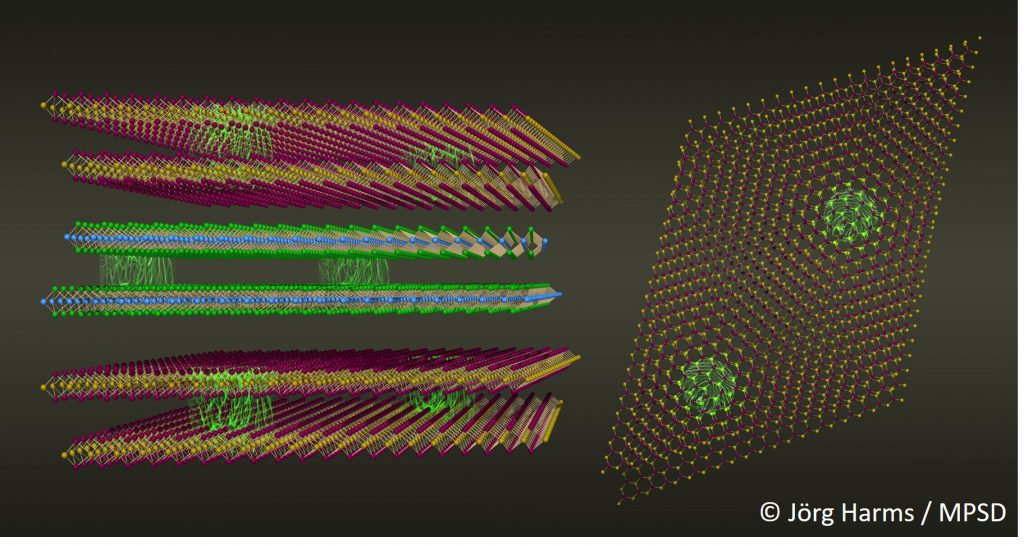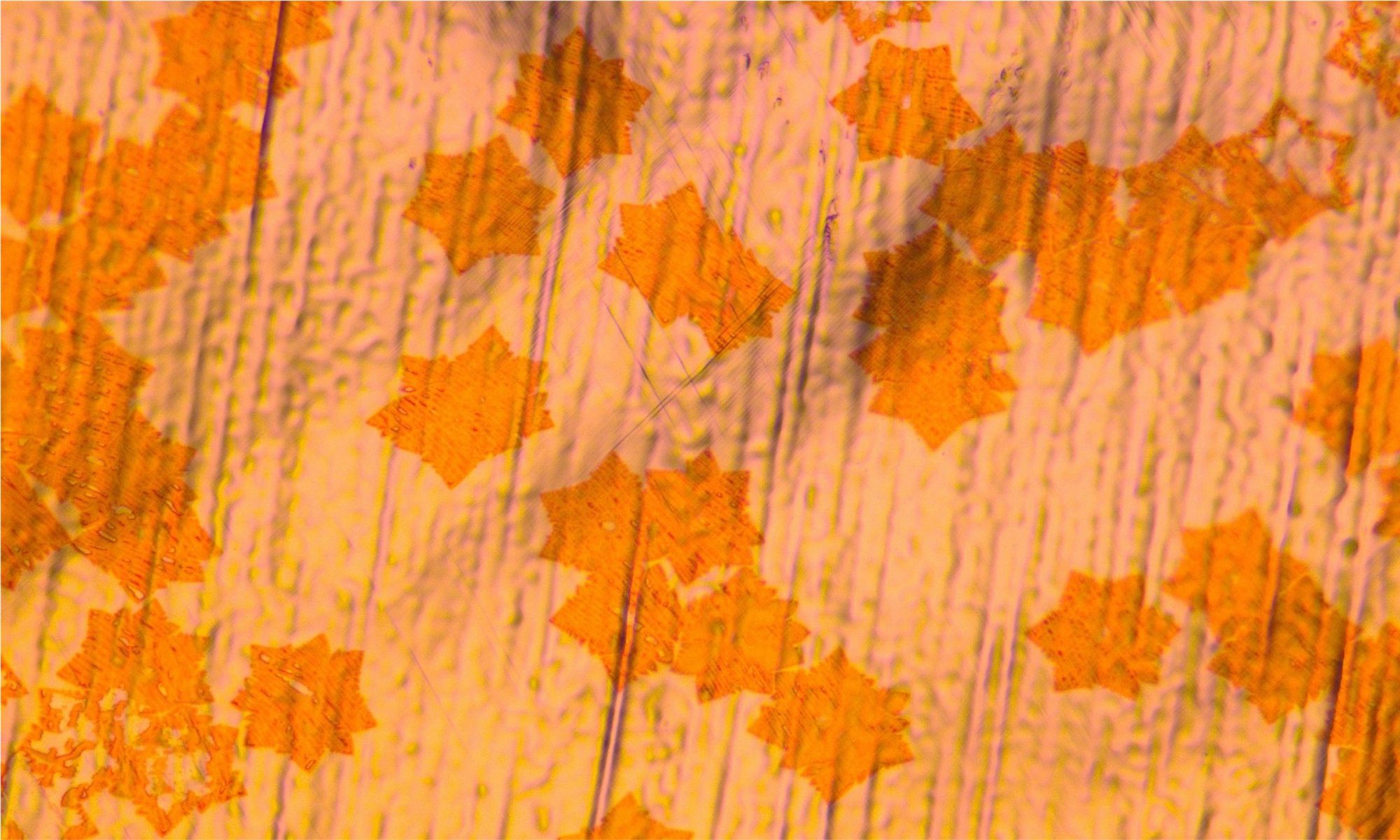In an invited article in the journal Nature Physics, an international team of researchers lead by RWTH Professor Dante Kennes offer a fresh perspective on the potential of realizing novel and elusive states of matter using twisted van der Waals materials.

Twisted van der Waals materials are artificial heterostructures formed by a stack of two-dimensional crystals with a relative rotation angle. “One of the strengths of these novel materials is that they offer an unprecedented level of tunability. This allows to realize experimentally many of the different lattice quantum models that have been at the focus of condensed matter research in recent decades,” says Kennes.
Indeed, twisted van der Waals materials offer the unique opportunity of realizing clean systems whose properties can be tuned by an unusually large set of knobs: the twist angle, the stacking sequence, the choice of the substrate and various gating techniques. This makes them a powerful toolbox to realize many highly sought-after quantum model-systems of potential relevance to material science and quantum technologies. Moreover, as the article shows, the potential of twisted van der Waals materials can be further extended by driving these systems out of equilibrium or embedding them in optical cavities, with even more rich physics to be discovered.
“We are just scraping the top of the iceberg”, say Kennes. “Twisted van der Waals materials give us completely new ways of manipulating and controlling quantum materials. That’s a formidable opportunity to realize “quantum matter on-demand” – to cite Dimitri Basov and colleagues. The challenge is now to dig out the right recipes to engineer materials with the desired quantum properties.”
The newly published work is the result of a collaboration between Kennes and researchers from the Max Planck Institute for Structure and Dynamics of Matter in Hamburg, the Flatiron Institute, Columbia University and the Max Planck – New York City Center for Non-equilibrium Quantum Phenomena.
Bibliographic information:
Moiré heterostructures as a condensed-matter quantum simulator
D. M. Kennes, M. Claassen, L. D. Xian, A. Georges, A. J. Millis, J. Hone, C. R. Dean, D. N. Basov, A. N. Pasupathy, A. Rubio, Nature Physics (2021).
DOI: https://doi.org/10.1038/s41567-020-01154-3
Related info: Press release by MPSD
